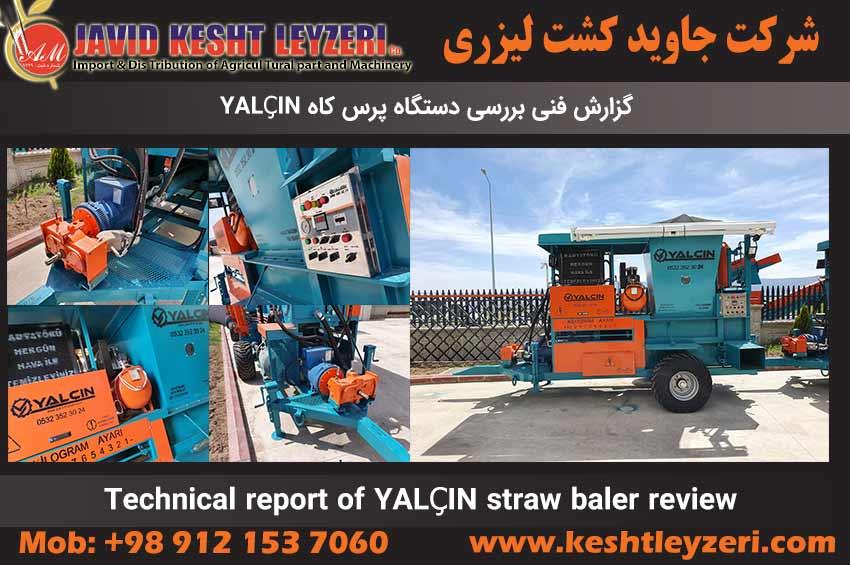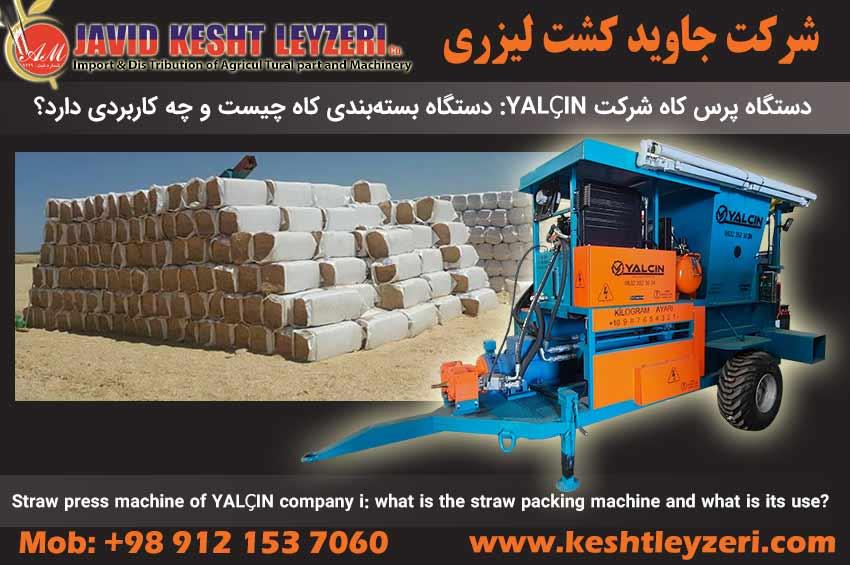
sunflower silage
javid keshtleyzeri Co.ltd
Although sunflowers are commonly grown for seed production, they can also be used as a forage source for livestock. About one-third is the dry matter of the sunflower plant, so large amounts of potential forage are not used when grown for seed only. Stressed or low-yielding sunflowers can be profitable if used as a forage source for livestock. As a suitable alternative in drought conditions, sunflower forage is usually fed as silage and can be a valuable option.
In this article, the following content is stated:
What is a sunflower?
What are the types of sunflowers?
What is the nutritional value of sunflower?
What is sunflower silage?
How is sunflower silage?
What is sunflower silage?
When is the sunflower harvested?
What is a sunflower?
The sunflower plant is cultivated all over the world, from Russia to South America. This plant can grow in areas with temperatures from 40 degrees south to 55 degrees north, but its greatest production occurs between 50-20 degrees north and 40-20 degrees south. Also, sunflower can grow up to 2,600 meters in the tropics, but it grows best below 1,500 meters.
This plant needs a dry sunny climate and deep soils with the ability to provide a lot of water. It can tolerate temperature fluctuations between day and night from 8°C to 34°C and is relatively drought tolerant, but does not grow well in hot and humid climates.
As a summer crop, sunflower can be a suitable substitute for corn or planted in areas where corn cultivation is difficult. This is a fast-growing plant with high fodder capacity. For example, in Cuba, in dry conditions, the yield of fresh sunflower material is 45-75 tons per hectare in 60-70 days and in Brazil it is 90 tons per hectare.
Although sunflowers are commonly grown for seed production, they can also be used as a forage source for livestock. About one-third is the dry matter of the sunflower plant, so large amounts of potential forage are not used when grown for seed only. Stressed or low-yielding sunflowers can be profitable if used as a forage source for livestock. As a suitable alternative in drought conditions, sunflower forage is usually fed as silage and can be a valuable option.
What are the types of sunflowers?
The sunflower plant is divided into two types: oil and fodder. The oilseed sunflower plant is cultivated to produce edible oil and the fodder sunflower plant is cultivated to be used as a fodder source for livestock. Both types of this plant are cultivated in different regions of the world and can be used as an important source of food and fodder for humans and livestock.
Sunflower oil is divided into two types: nut and industrial. Sunflower seed oil has a glossy black color and larger seeds with black color and white stripes. This type of sunflower is often used for silage. While industrial sunflower oil is used to produce edible oil.
For fodder sunflower cultivation, the density of planting between 50 thousand and 75 thousand plants per hectare or 5-7 kg of seeds in row cultivation per hectare is recommended. However, sunflower forage yield is usually lower than corn, but it is used as an important forage source for livestock.
What is the nutritional value of sunflower?
The nutritional value of sunflower is very high. Sunflower seeds contain significant amounts of protein, fat, fiber, vitamins and minerals such as magnesium, zinc, copper and phosphorus. In general, this plant is an excellent source of energy and nutrients for humans and livestock.
In addition, sunflower silage contains significant amounts of fiber, vitamins and minerals such as magnesium, zinc, copper and phosphorus. This plant is an excellent source of energy and nutrients for humans and animals. Research has shown that sunflower silage is used as a good substitute for corn silage and has a higher nutritional value than corn.
Research has shown that the nutritional value of sunflower silage is 80% of corn silage, but today's improved varieties reach the quality of 90-95% of corn silage. Whole-plant sunflower silage typically contains more protein and much more fat on a dry matter basis than corn silage. Sunflower silage contains 10 to 12 percent crude protein compared to the 8 to 9 percent protein typically found in corn silage. In addition to the higher crude protein content, sunflower silage made from oilseeds contains 10 to 12 percent fat compared to 2 to 3 percent fat in corn silage. Silage made from non-oily or low-yielding sunflower seeds is usually slightly higher in fat than corn.
How is sunflower silage?
To make sunflower silage, the sunflower seeds must first be separated from the flowers and then dried completely. Then he mixed the sunflower seeds with an energy source such as corn or barley and a protein source such as soy or millet and placed them in the silo in layers. To increase resistance to spoilage, adding organic acids such as propionic acid or acetic acid can be used.
After filling the silo, you need to compact it and tighten it well to get the air out of the silo. Then the top surface of the silo should be smoothed and covered with a suitable cover such as plastic or silage cover. Finally, you need to keep the silage closed for at least 3-4 weeks so that the fermentation process is well done and the silage is ready to feed the animals.
What is sunflower silage?
Sunflower silage is a good source of energy and protein for livestock and can be used as a suitable substitute for livestock feed. This method of keeping sunflower preserves a large amount of its nutritional value and is used as an important source of nutrition for livestock during fodder shortages. Also, sunflower silage can be used as a long-term storage method to store this product and help farmers to use their products in dry seasons.
When is the sunflower harvested?
Sunflowers are usually harvested in late summer or early fall. The exact time to harvest sunflowers depends on factors such as the type of land, weather conditions and the type of sunflower breed. But generally, sunflower harvest is done in September and October. Livestock can graze in sunflower fields, but once they enter the field, they waste a lot of forage. For this reason, ensiling is generally preferable. Harvest time depends on weather conditions and sunflower genotypes, and the recommended stages may vary between 25% flowering and the final flowering stage.






